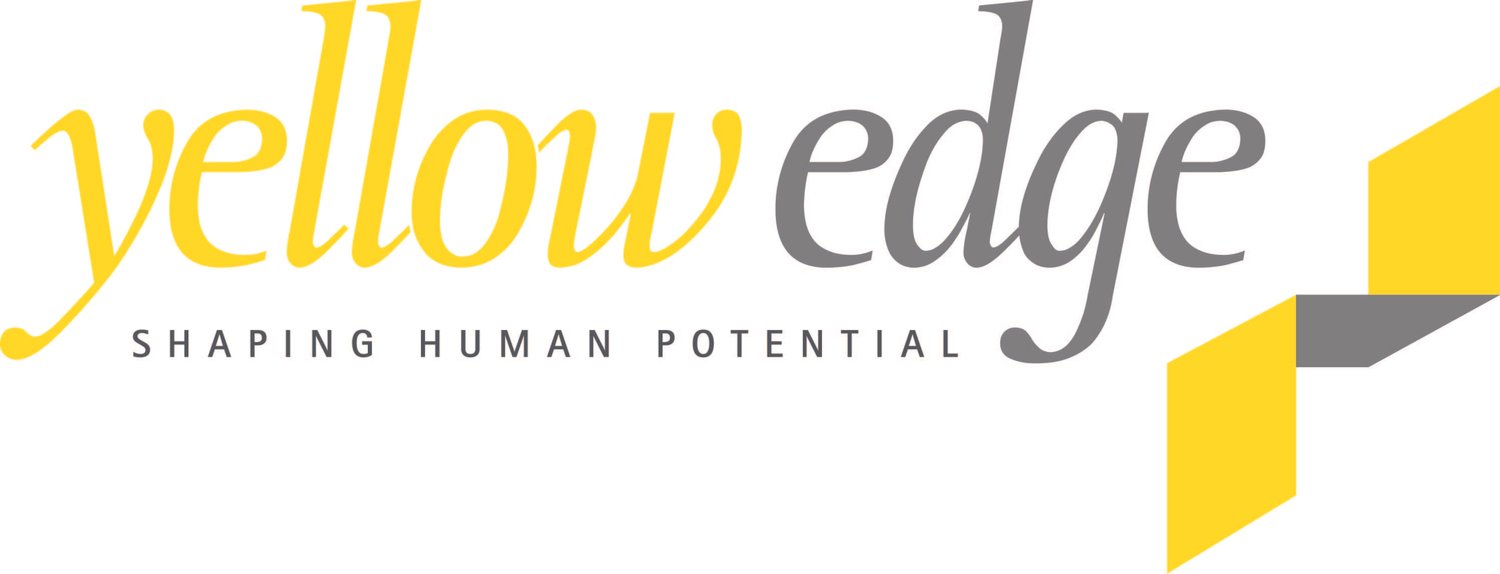48. Common Myths about Innovation to Bust
by Andrew Simon
For some, innovation can seem mysterious, overwhelming, esoteric or a magical activity only for the creative. Here are some common myths that deserve some busting.
1. Innovation is time consuming: So put deadlines in. Putting time constraints in place can compel great thinking and innovation. Nothing like a deadline to get results as they say! Also have a simple discipline or process in place to come up with ideas and designs rapidly. Focus on getting something in front of people to react to and to improve on, rather than on wasting time trying to get the perfect idea or solution.
2. Innovation needs to be grand: innovation is about solving problems in new ways. There are small problems and grand problems. The issue generally is not about creating the next killer app, but in making progress on problems in new ways. Innovation is scalable from the simple to the grand.
3. Innovation is expected to be the silver bullet: Shape expectations by providing a purpose and focus to the innovation, set parameters and manage expectations early.
4. Innovation is expensive: rapid prototypes, straw models and cost benefit modelling are relatively inexpensive ways to test ideas before they go into expensive production and implementation cycles. Testing ideas early is less expensive than fixing them up later.
5. Innovation is always good: Well it’s sometimes hard to predict consequences. Some consequences of innovation may not be good for everyone especially if it involves change and with change, comes gain, as well as loss.
6. Innovation requires extensive buy: Not really. Get users involved certainly, but don’t worry about needing buy in from everyone. Focus on the end user, the early adopter and the early majority to get critical mass for traction. Pay attention to the laggard as they can provide unexpected insight and they can be influential. The majority will come on board in due course. Remember, you can’t really get buy in from everyone no matter how good the idea.
7. Innovation is risky. Yes, no myth here! But not innovating can be far more risky than innovating. Innovation can help to manage and address risk.
8. Innovation equals creation: define innovation as solving problems in new ways. This may entail creativity and creation, but it’s not about creation. Leave that to the artist and the inventor.
Andrew is Chief Executive of Yellow Edge a company focused on inspiring individuals, teams and organisations to greater levels of performance.


